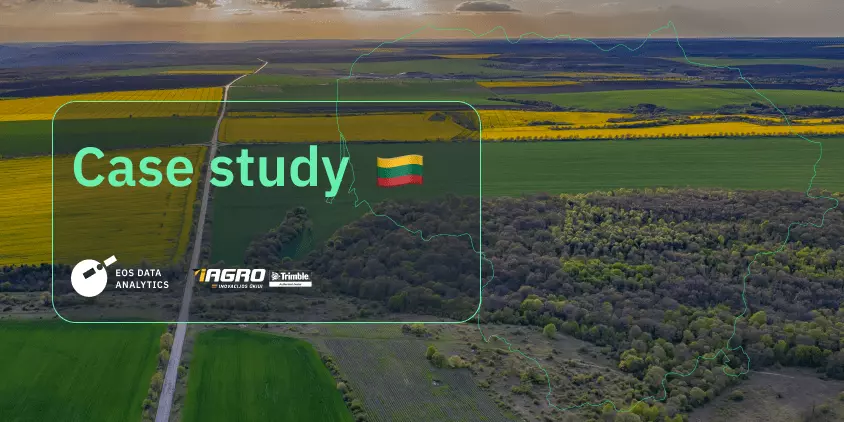
UAB iAGRO Pioneers Precision AgriTech In Lithuania
Precision agriculture continues to gain traction in the EU countries, with the European Commission actively promoting sustainable development goals. Countries like Lithuania have dedicated around 50% of their land to agricultural use . However, their journey towards the use of modern technologies is still unfolding, with challenges to be addressed and opportunities to be harnessed.
As Lithuania continues to transition towards a more technology-driven agricultural sector, the role of precision agritech becomes pivotal in shaping the country’s sustainable future. Yet, it hasn’t been easy to adopt those on a practical level. That’s why agri-consultancy companies like UAB iAGRO are becoming increasingly in demand among Lithuanian farmers. One of the key features that lead to insightful analytics and successful communication is the use of remote sensing analytics within EOSDA Crop Monitoring. This case study shows striking examples of how employing multispectral satellite imagery helped in optimizing yields and reducing production costs.
Overview: About UAB iAGRO
UAB iAGRO has been operating for ten years across the Baltic states, including Lithuania, Latvia, and Estonia. Throughout this period, the company has been utilizing Trimble’s hardware systems. Currently, it is venturing into consulting, which is still in its initial months.
The European market needs consultancy focused on precision agriculture because farmers struggle to identify the causes of unstable yields, diseases, pests, and weed attacks. Some of them want to maximize the potential of their machinery, while others cannot afford the expensive variable rate models. In all cases, farmers require additional education on sustainable development and yield optimization strategies.
Challenges: Unstable Yields, Fertilizer Runoff, Groundwater
In Lithuania, where most of the land is flat, significant challenges arise from climate conditions and soil content. Soil sampling can be costly, and there’s a noticeable lack of equipment for Variable Rate Application (VRA). These factors have led to unstable harvest yields and soil degradation due to the overuse of fertilizers. Moreover, a shift towards alkaline soil has been observed, attributed to reduced plowing. This shift has prevented herbicides from degrading properly in the soil, a concern experts believe will become a major issue in the coming decade.
Another pressing issue is the lack of knowledge and experience. Farmers generally lack experience with GIS analytics, let alone biochemistry. There’s a haphazard approach to fertilizer use, especially for crops like oilseed rape, wheat, and barley. Some traditional practices, like refraining from plowing, are seeing a decline in their efficacy, which has given rise to unexpected challenges. For instance, the residual herbicides in the soil aren’t degrading as they should.
EOSDA Crop Monitoring
Fields monitoring platform, leveraging high-resolution satellite images to identify and react to any changes remotely!
Solutions: Productivity Analysis, Soil Sampling, VRA
UAB iAGRO has been using the Zoning feature in EOSDA Crop Monitoring for a range of farm analytics.
For example, when a client requires help in dealing with an issue, like unstable yields across the field, the consultancy experts analyze satellite imagery via Productivity Maps as well as multiple vegetation indices (primarily MSAVI). The resulting report highlights particular zones where the issues have been observed, along with explanations of likely casualties. Experts can also follow up with the guidance for soil sampling to provide in-depth recommendations for improving soil and crop health.
Additionally, Productivity Maps are generated in various file formats like Trimble, Amazone, ISO-BUS, etc., for using VRA in high-end farming machinery. This new feature, based on EOSDA’s patented algorithm, is especially helpful in fields with some degree of elevation. Even the slightest slope of 0.5 degrees may result in fertilizer runoff, as illustrated in the screenshots below.
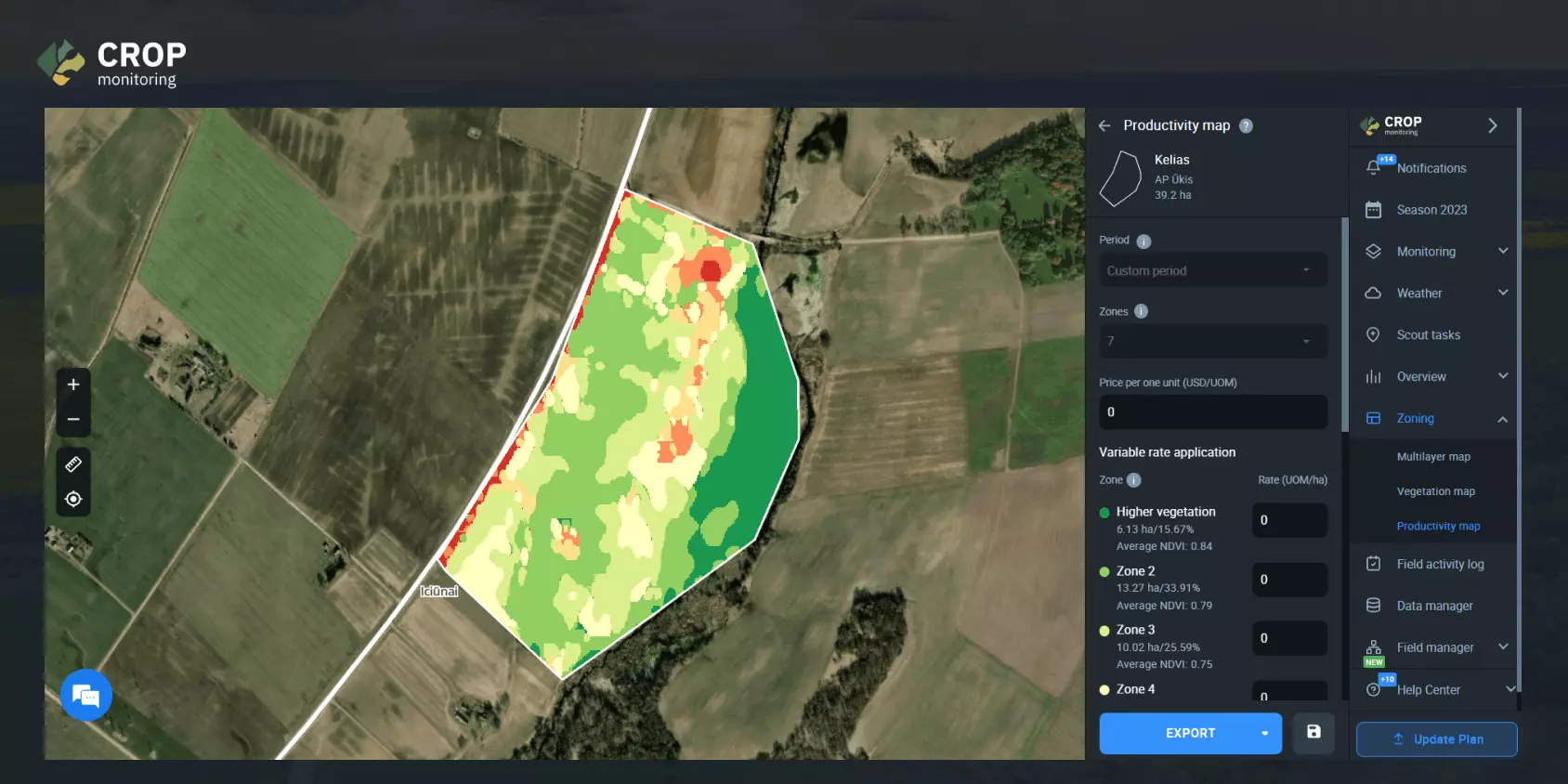
In this case, the client noticed that weeds were growing only on one side of the river. What’s more, they were concerned with cereal lodging (permanent displacement of a stem from a vertical posture) which had been manifesting in this field for many years, especially after nitrogen fertilization in spring. Because this particular client rented the land, they weren’t allowed to dig it, so they couldn’t install a drainage system. UAB iAGRO experts suggested using three different types of fertilizers across three zones with varying vegetation rates while avoiding fertilization around the greenest zones. Additionally, after soil sampling, the client was advised to identify which microelements were present in excessive concentrations and adjust the use of micro-fertilizers to balance out the required elements while reducing the harmful ones.
Outcomes: Optimized Yields, Sustainable Soil Health
The overall amount of inputs applied to the field was reduced four-fold. Next season, the weed and lodging problems disappeared completely.
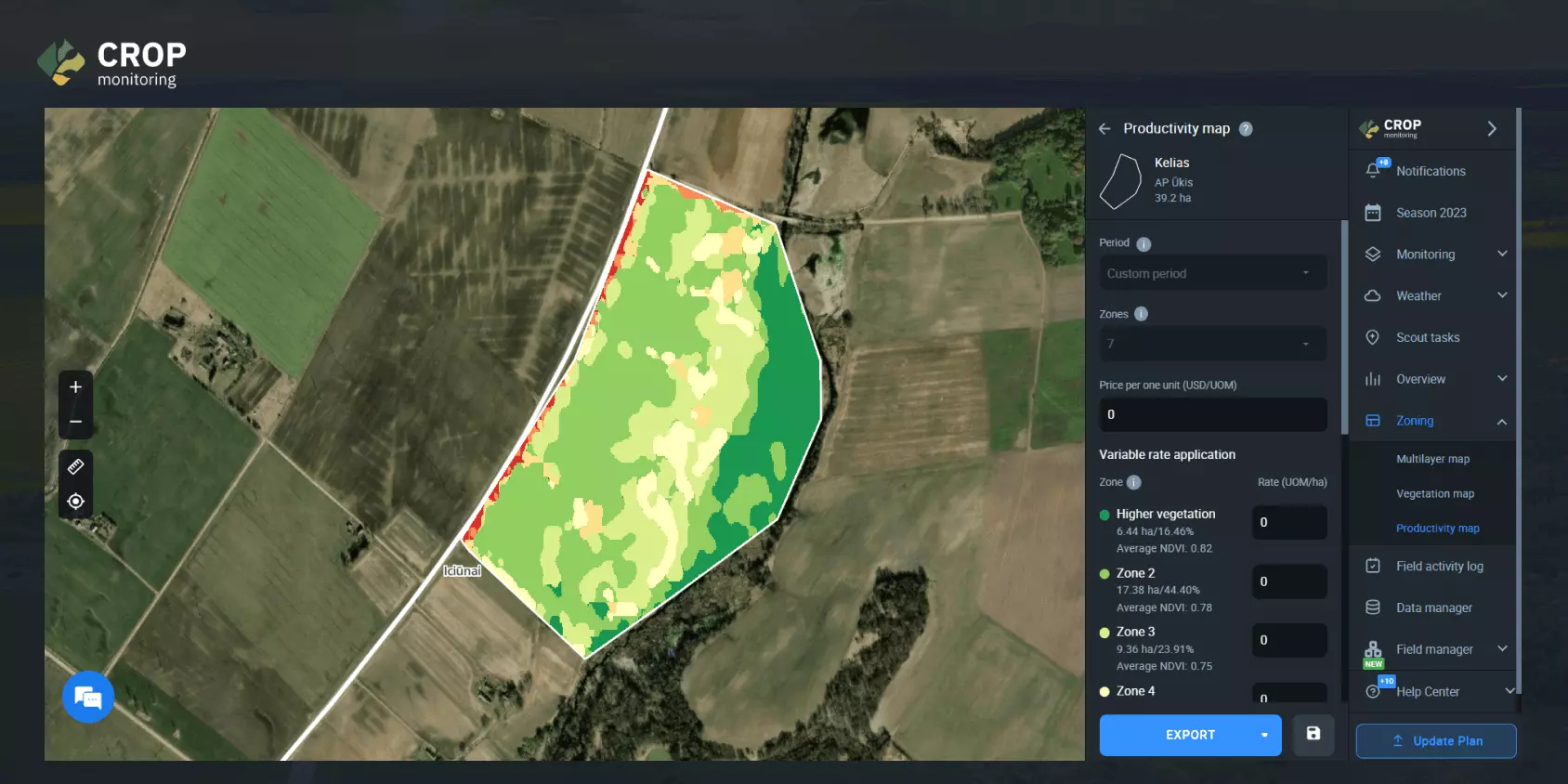
By applying maps like these as input in farming machinery or as a reference for in-person field visits, producers can improve their fertigation strategies, thereby optimizing yields and reducing expenses. In the example above, agri-consultants found an extreme excess of phosphorus in the soil, recommending the producer decrease the fertilizer input. Following this recommendation, the client observed increased yields. Consequently, they were also able to save on the input usage.
Experts point out that informed use of vegetation indices is crucially important.
Growing winter plants in Lithuania, we sometimes need to consider not only indices that are showing biomass development but also those indicating soil moisture content, like MSAVI. This is because some soils naturally have high underground water content 30-50cm below the surface. Therefore, we need to take specific measures to reduce that moisture if we want the crops to survive.
The documents below show the difference between more and less rainy years. As you can see, biomass development is affected significantly by variations in moisture levels. This conclusion was verified by the public soil database of Lithuania.
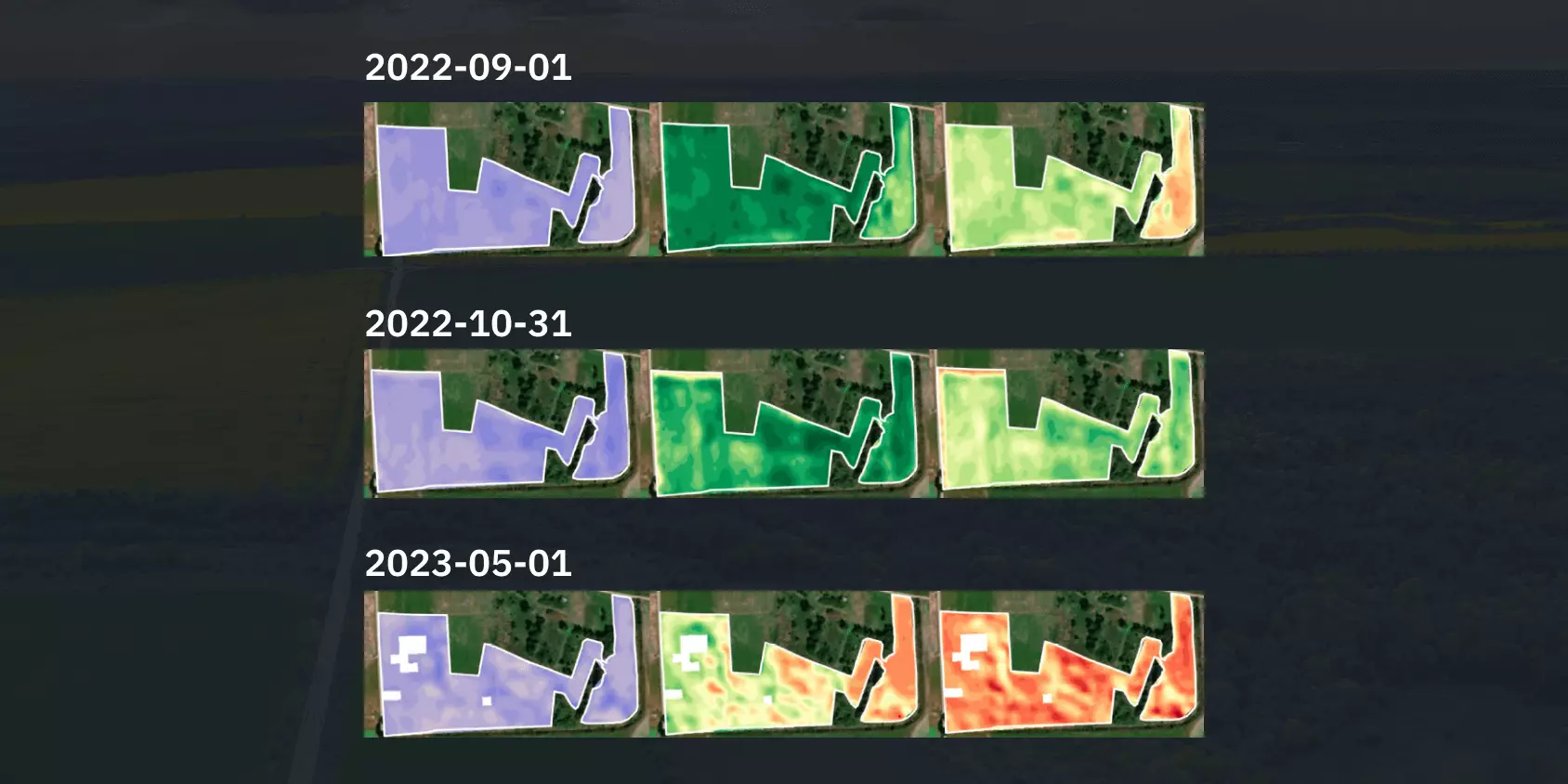
As you can see on the middle screenshot taken on October 31, 2022, there is a line that shows the drainage system. Installing this system (given that the field is flat) and growing small-root plants like rapeseed helped this client to adapt to the local climate conditions while achieving considerable yields.
Summing up, agri-consultancy firm UAB iAGRO in Lithuania has found that using satellite imagery is beneficial for analyzing environmental properties and facilitating necessary communications with their clients. Currently, they are focused on establishing precision agriculture practices instead of the excessive use of traditional fertilizers, which not only diminish yields but also have a detrimental effect on soil health in the long term.
In a world that demands sustainable and efficient farming practices, stagnation can be the enemy of progress. While the Lithuanian market’s tendency towards traditionalism might initially pose a challenge, it simultaneously presents an untapped wellspring of opportunities. UAB iAGRO stands at the forefront of this transformative journey, poised not just to introduce but to innovate, shaping the future of precision agritech in Lithuania. By leveraging this unique position, they can spearhead change, drive efficacy, and elevate Lithuanian agriculture to new global heights.
About the author:
Karolina is currently pursuing a BSc at Pennsylvania State University. She excels in communicating the scientific value of EOSDA precision and sustainable solutions in an easy-to-read way. Karolina is a dedicated advocate for personal empowerment striving to represent and uplift Ukrainian women in the global STEM community. She’s a member of AWIS, WIT and other organizations.
Recent articles
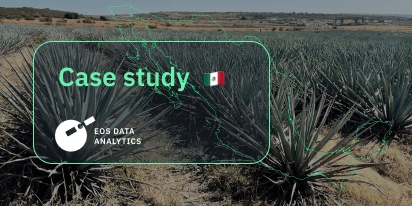
Digital Tools Improve Soil Health And Yields In Mexico
EOSDA and ITTA supported a Guanajuato farm with contour-line planning, monitoring tools, and practical guidance to reduce soil erosion and improve yields in the long run.

Analyze 2025 & Plan Your Best Year Yet: LandViewer Christmas Offer
It’s the most wonderful time of the year! The Christmas holidays are here, and so is your chance to analyze 2025 and plan a prosperous 2026 with more affordable Pro plans in LandViewer.

EOSDA Models Climate Change Impact On Sugarcane Yields
EOSDA modeled future temperature, rainfall, and other climate impacts on Veracruz sugarcane. The results help growers plan long-term adaptation strategies, including timing, varieties, and irrigation.